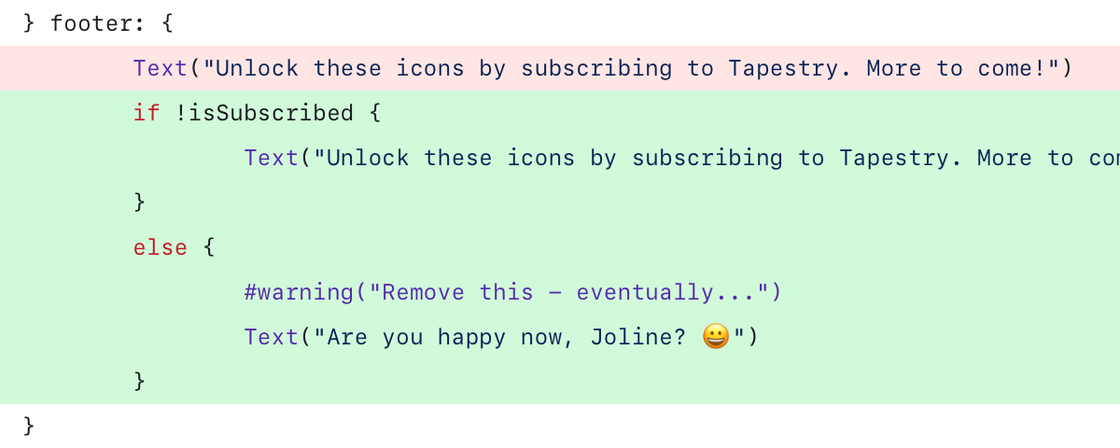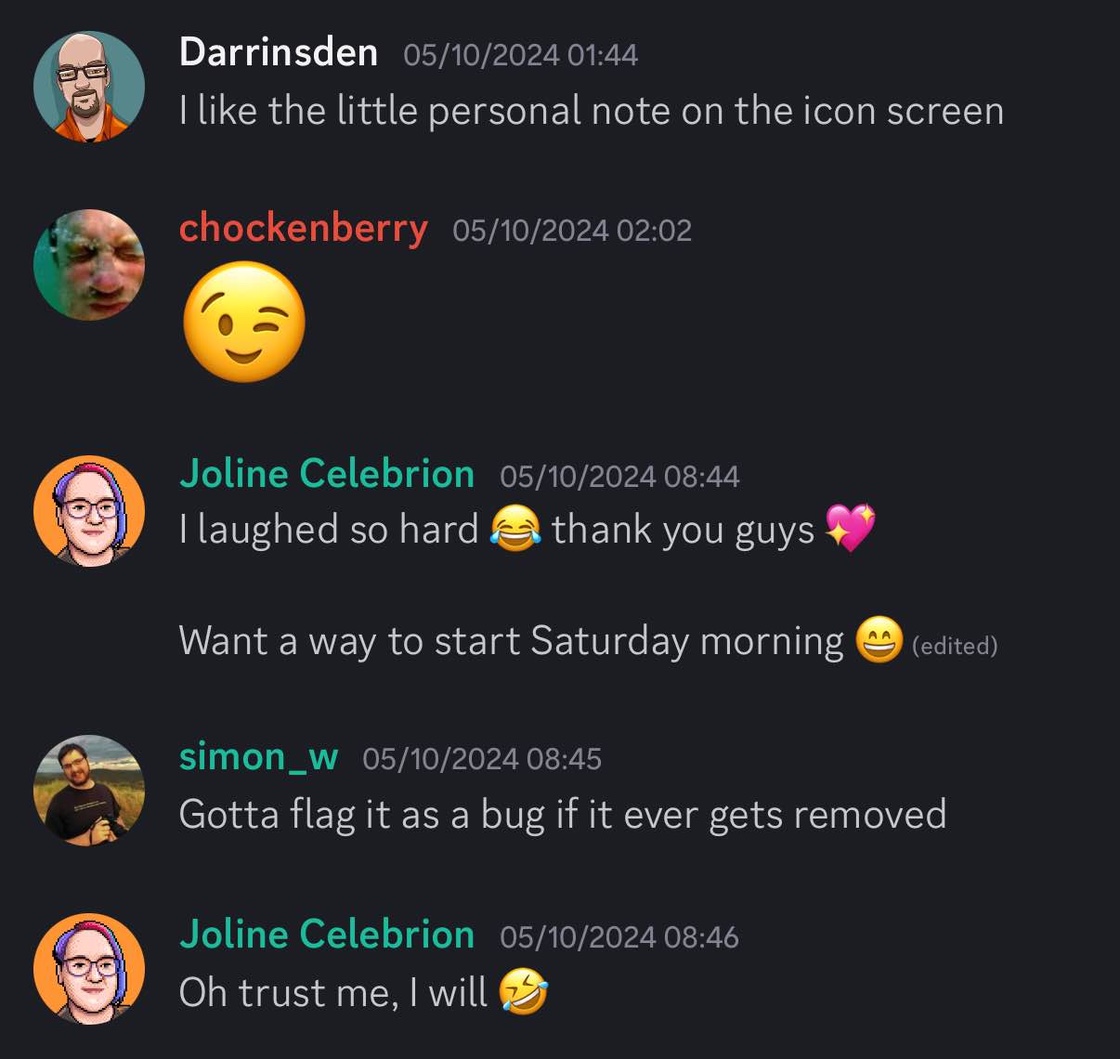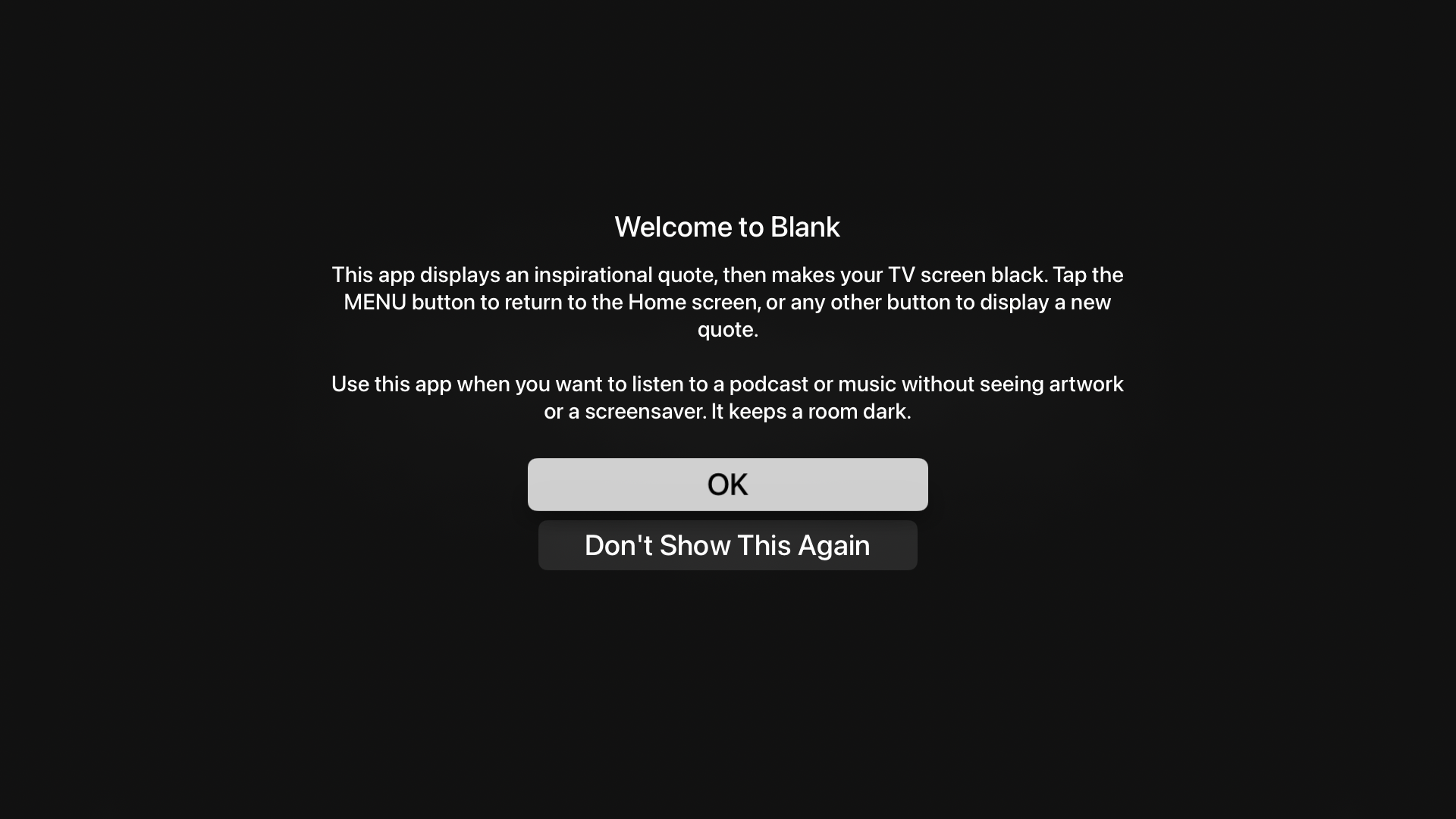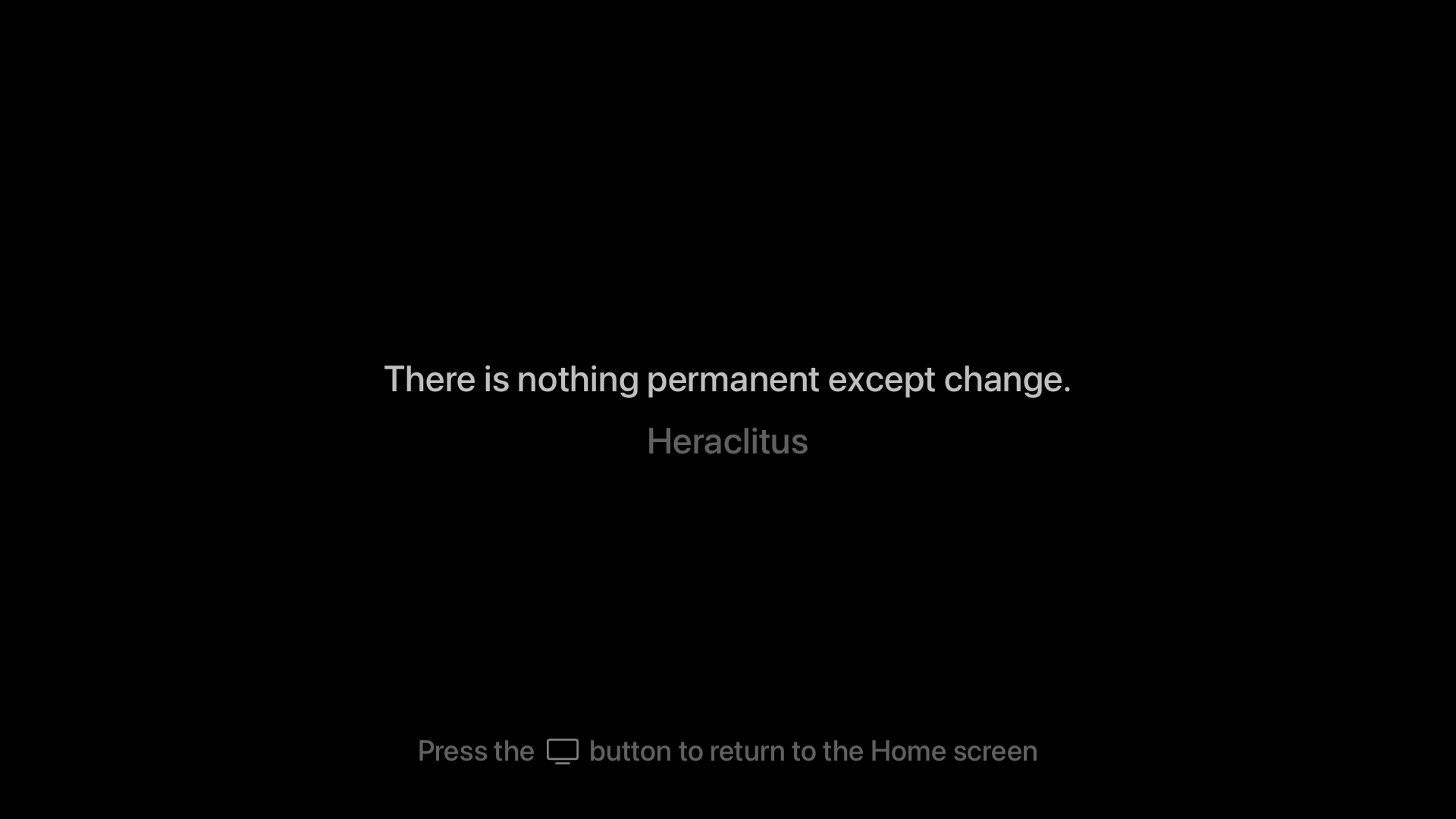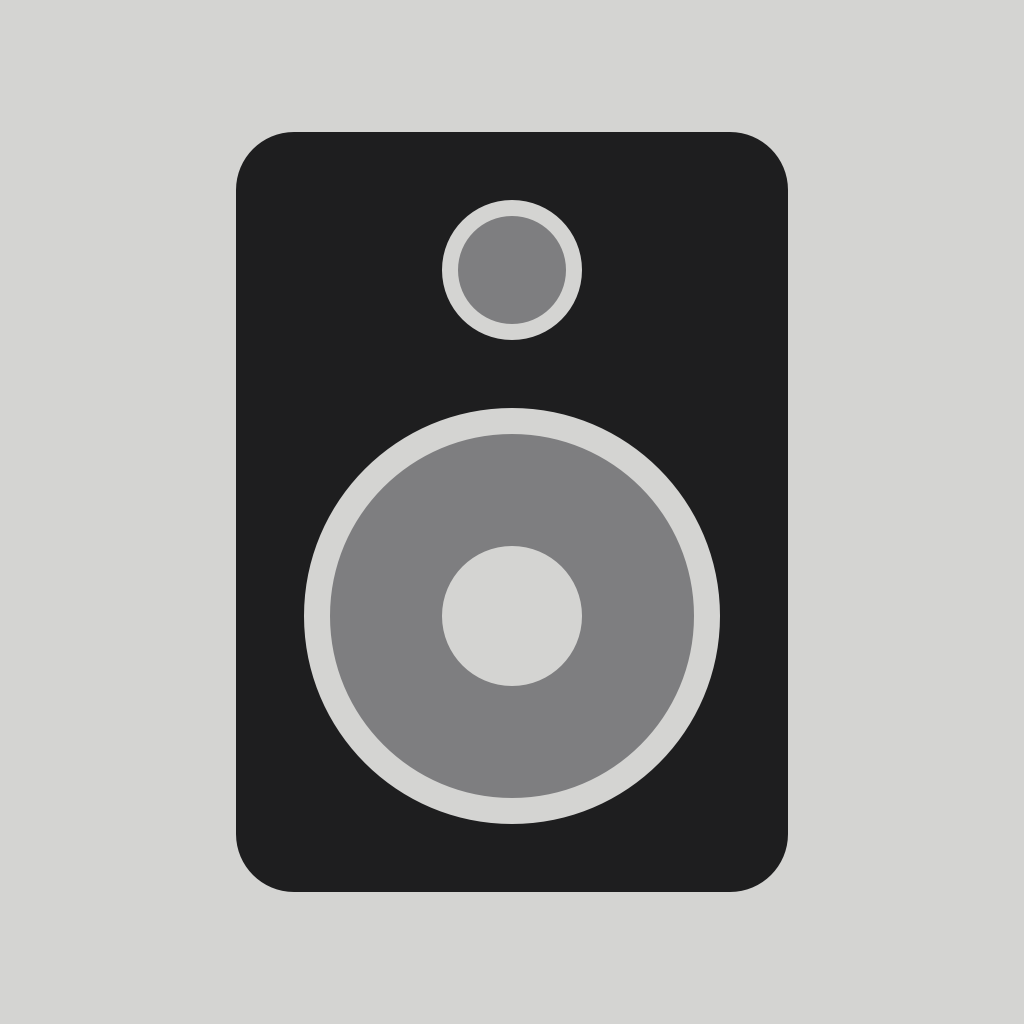The addition of UITabAccessory in iOS 26 is welcome. It does, however, create a problem as far as backward compatibility is concerned. How do you present the new accessory view on older versions of iOS?
This backward compatibility is especially important for Triode. A lot of folks turn an older device into a dedicated radio player. I have an old iPad in the kitchen, for example.
So what do you do on the other side of the availability check where you set UITabBarController.bottomAccessory?
You’ll need to create two subclasses: one for UITabBarController and another as base class for all the view controllers you add as tabs (mine is creatively named as TabViewController).
In the UITabBarController subclass, you’ll do the check for availability in viewDidLoad and for versions older than iOS 26, you just add the accessory view to the tab controller’s view hierarchy using view.addSubview(accessoryView). You’ll also style the accessoryView as needed (e.g. adding a backgroundColor and cornerRadius). The same gesture recognizer is the attached to the accessoryView regardless of how you add it to the tab bar.
Then, in viewDidLayoutSubviews, you use tabBar.frame to position the accessoryView relative to the tab controls.
The other piece of the puzzle is doing the automatic inset adjustments on the tab controller’s views. In your common subclass (e.g. TabViewController), you’ll implement viewDidLayoutSubviews. On iOS 18 and earlier, you can check if the view or its first subview is an instance of UIScrollView. If it is, set contentInsetAdjustmentBehavior to .always and make new UIEdgeInsets to match the metrics you used in your tab bar controller.
(Side note: if you are having problems with the bottomAccessory on iOS 26 not animating as you scroll, make sure that your UIScrollView is the first subview. If something like a search field is the first view, it won’t work correctly.)
On iOS 26, Triode’s tab bar looks like this:
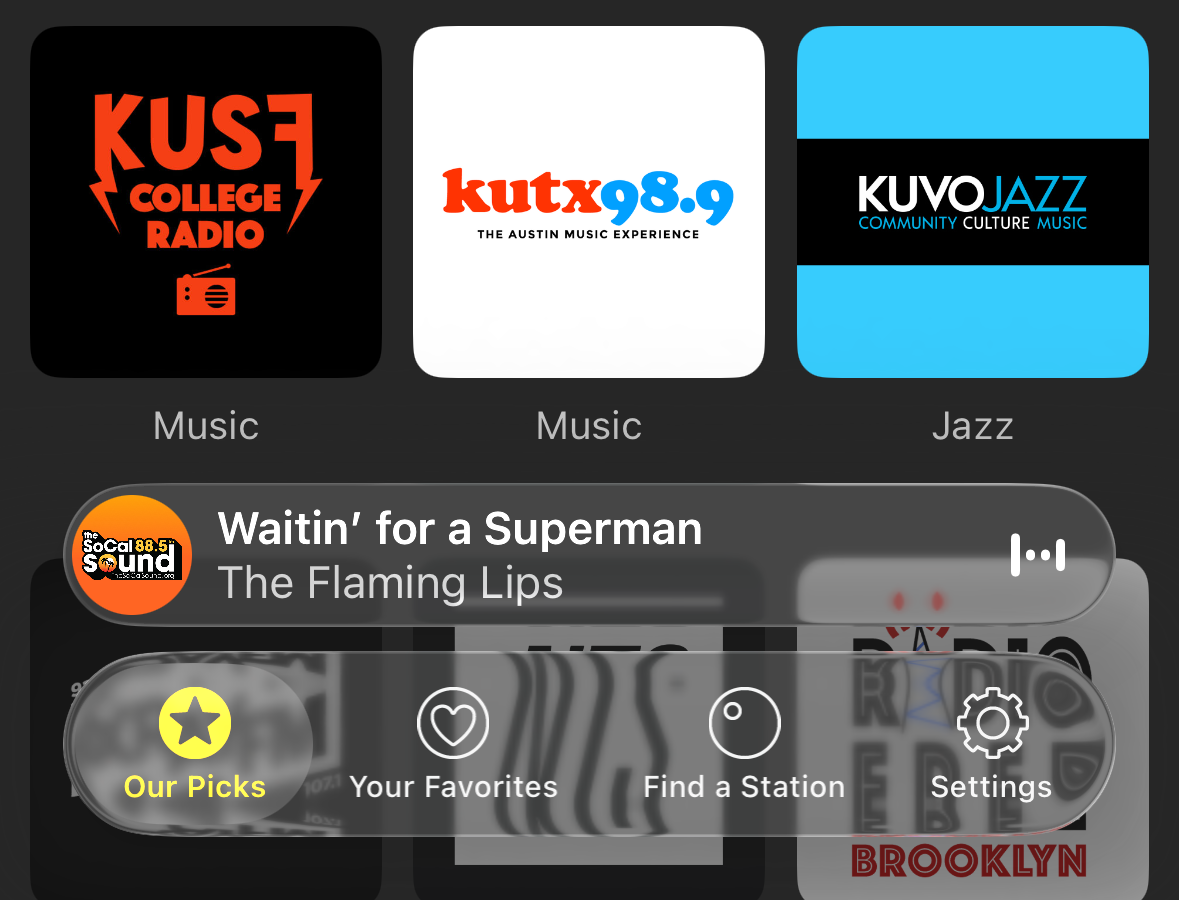
And thanks to the work above, folks on older systems can use the same accessory view:
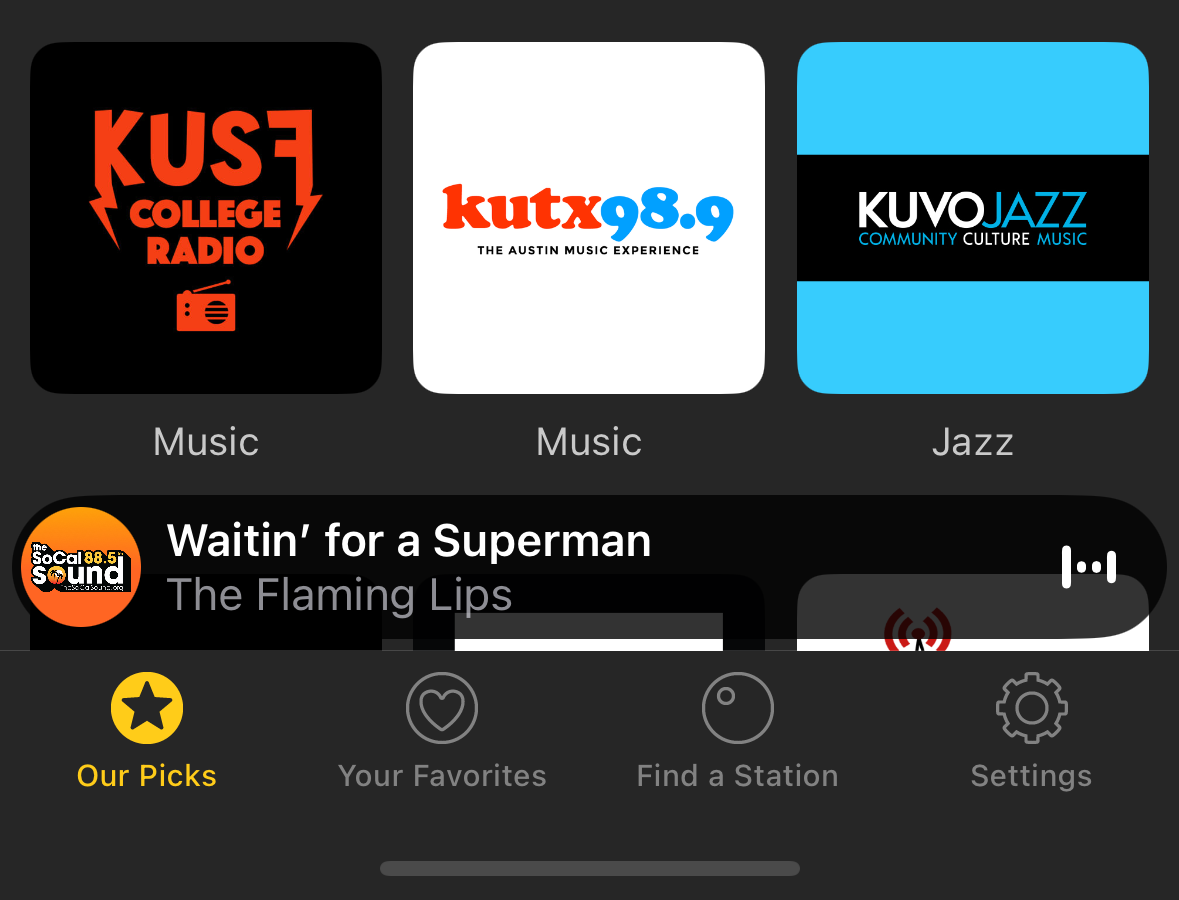
You don’t get the fancy animations and effects, but folks on older devices will appreciate having the same capabilities. And better text contrast ;-)

